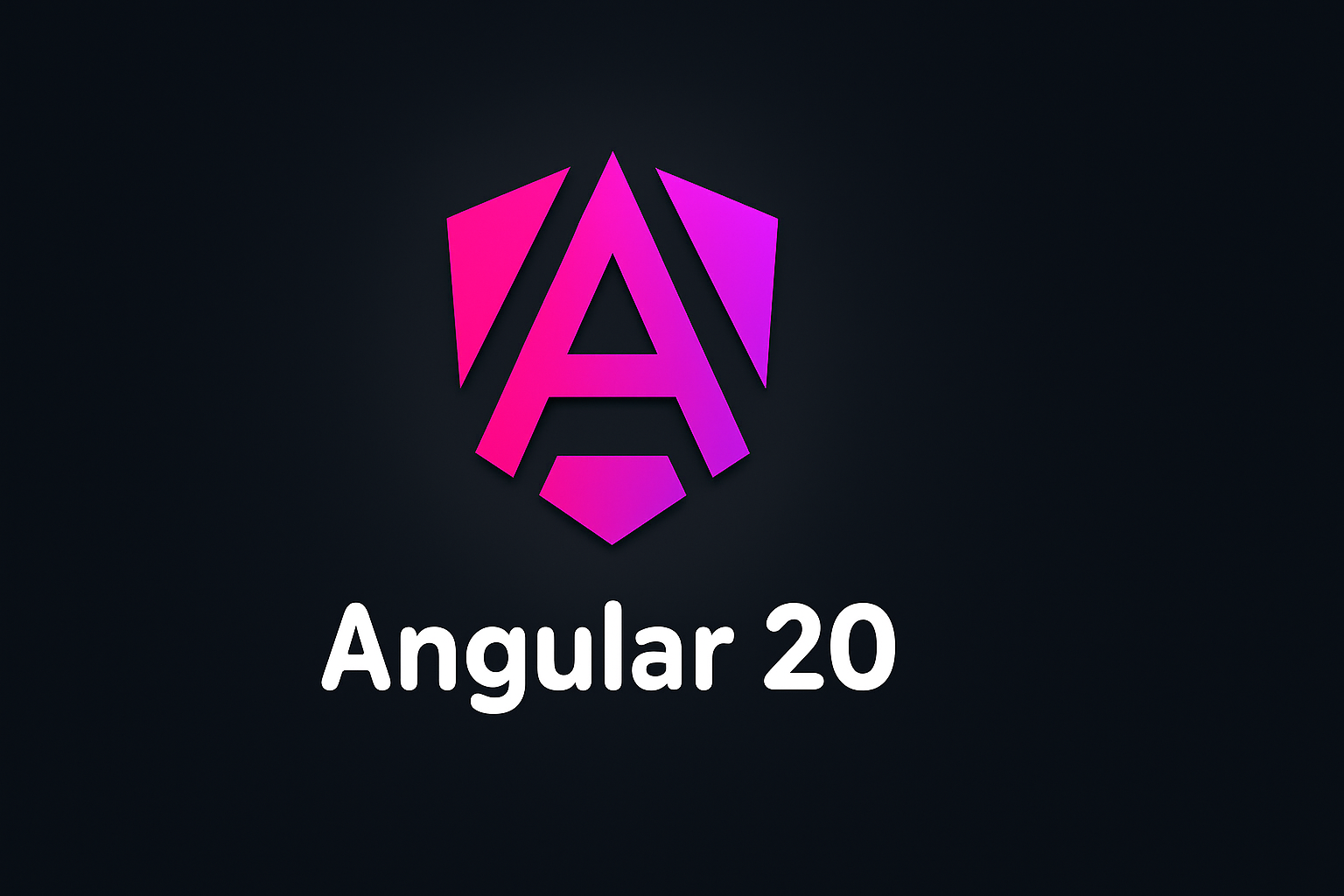Everyone is talking about Angular for creating robust projects. It is heard in banking, Angular is used for its portal, in common entertainment applications, in industrial projects, etc.
In the context of software development, it is even more famous. Most big tech companies have projects in Angular, and many job offers for software developers require or value it.
But, what is Angular?
Angular is an open-source web framework developed by Google and maintained by a dedicated team within Google, along with a community of developers. Angular provides a wide range of tools and mechanisms for developing robust web applications. It is focused on and designed to build single-page applications (SPAs)
Core Parts of Angular
Angular has many tools and utilities that could be employed during development, but we will focus on creating a set of fundamentas that form the basis of most applications.
Components
The basic building blocks of UI in Angular.

Templates
Define the HTML layout and use Angular syntax like *ngIf, *ngFor, and interpolation {{ }} to display dynamic content.
Directives
Instructions in the template that tell Angular how to modify the DOM.
Services & Dependency Injection (DI)
Services are used to share logic or data (like API calls) across components. Angular has a powerful DI system to inject these services where needed.
Modules
Group related components, directives, pipes, and services together. Every Angular app has at least one root module (AppModule).
Routing
Angular’s routing system lets you create single-page applications by navigating between components.
Pipes
Transform data in templates (e.g., {{ price | currency }}).
Forms
Angular supports both:
Template-driven forms
Reactive forms (more flexible and testable)
HttpClient
A built-in service to make HTTP requests to APIs
Signals (Newer feature)
For managing state and reactivity in a more fine-grained way than traditional observables.
Tools for Angular
- Angular CLI
- Libraries
- Angular DevTools
What is needed to install it?
You need to install or download Node.js (depending on the version, it may vary; currently, version 20.11.1 or higher is recommended).
Visual Studio Code is recommended, but other text editors are also valid.
You need a terminal to run Angular CLI commands. If you use the integrated terminal in Visual Studio Code, it will work as well.
